Fibromyalgia May Cause Leaks
Fibromyalgia is a disorder most often associated with pain in the muscles, tendons, and joints, constant fatigue, red face (rash), and memory problems.
The cause of fibromyalgia is not fully known, but research has found various factors that play a role in developing the disease.
Treatments and medications are available to manage the many symptoms of this illness that cause so much discomfort.
Factors That Develop Fibromyalgia
- Scientists proved that these factors play an important part in triggering fibromyalgia. And they include the following:
- Genetics – There is more risk of having fibromyalgia if somebody in your family has this disease.
- Prior Infections
- Stress has been linked to hormonal imbalances, which have been proved to cause fibromyalgia
- Trauma – Fibromyalgia has been linked to PTSD (Post Traumatic Street Disorder)
Diagnosis
Fibromyalgia is difficult to diagnose. There are no lab tests that can tell you whether or not you have the disorder. It is most often diagnosed by the symptoms the patient is experiencing.
The most common symptom is lingering, widespread pain that lasts for months. Other common symptoms include chronic fatigue, inability to concentrate, memory loss, the “butterfly” rash on the face, irritable bowel syndrome (IBS), and stiffness when waking up.
Another common symptom of fibromyalgia that many aren’t aware of is bladder problems.
Fibromyalgia and Bladder Issues
Those who suffer from fibromyalgia are prone to urinary problems. Patients may experience frequent urination, painful urination, feeling the urge to urinate and incontinence as a result of their fibromyalgia.
Those with fibromyalgia, especially women, have reported bladder discomfort and pelvic pain.
It may lead to an overactive bladder (OAB) in many cases. Or the bladder issues could simply be a few leaks now and then.
Urine leaks may be the result of pressure put on your bladder by coughing or sneezing.
You may have sudden, unexpected urges to urinate that are so intense that you urinate involuntarily. You may need to urinate often throughout the day and night.
One in five women also experience unexplained bladder pain and pressure. People over fifty are also at a greater risk of developing bladder problems and/or pelvic pain.
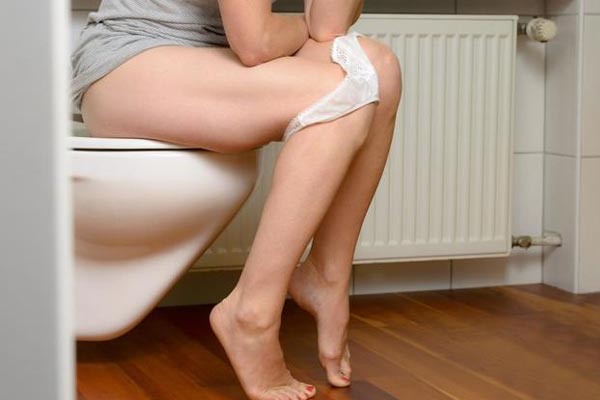
People with fibromyalgia experience different types of bladder problems. These include:
Stress incontinence – this is the most common type of bladder control problems. Bladder leakage can occur any time you put added pressure on your bladder such as when you laugh, exercise, sneeze or cough.
This happens when pelvic muscles have been weakened. Pelvic muscles may be weakened or stretched during pregnancy, or the decrease in estrogen after menopause may result in weakened pelvic muscles.
Taking certain medications or being overweight may also lead to stress incontinence.
Overflow incontinence – this is when you can’t fully empty your bladder. The causes can include nerve damage, constipation, weakened pelvic muscles and certain medications.
It may also be caused by conditions that may block the flow of urine such as tumors. If your urine is releasing in a small dribble, see your doctor. Failing to fully empty your bladder can lead to infections.
Urge incontinence – this is also known an irritable bladder or overactive bladder. With this issue, you have the urgent need to go to the bathroom frequently, and you may not make it in time.
This is caused by abnormal signals making the bladder spasm and empty. Conditions that affect the nervous system can lead to urge incontinence. Bladder stones, infections and some medications can also cause it.
Mixed Urinary Incontinence – this is when two types of urinary incontinences are happening at the same time.
Interstitial Cystitis (IC) –this condition causes pain and/or discomfort in the bladder and/or pelvic area.
The range in symptoms can go from mild discomfort to extreme pain and may change as the bladder empties or fills up. This condition may also include urgent or frequent needs to urinate.
It has been referred to as Painful Bladder Syndrome (PBS). IC is common in women with fibromyalgia or irritable bowel syndrome (IBS).
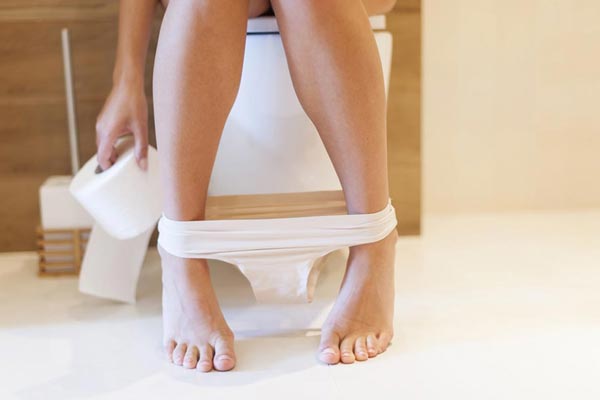
Treatment for Bladder Problems Related to Fibromyalgia
It is important to see your doctor when experiencing any of these bladder problems. You need to rule out bladder infections as the source of the problems.
Take comfort knowing that you do not have to live with the pain and discomfort of bladder issues, or the embarrassment of incontinence.
Treatments for the issues include:
Physical therapy/exercise for your pelvic floor muscles. Also known as Kegel exercise, this involves regularly contracting and relaxing the muscles that form the pelvic floor
Lifestyle changes – if you stress incontinence, limiting your intake of fluids can help. For those with urge incontinence, avoiding caffeine, carbonated drinks and spicy foods may help since these items tend to irritate the bladder.
Bladder training – can be used for those who suffer from stress incontinence or urge incontinence. It involves emptying your bladder on a specific schedule with the goal of increasing the time between urinations.
Medication
Pessary Device – this is for women only and is used mostly for stress incontinence. It is a plastic device inserted into the vagina to keep the bladder from leaking.
Surgery may be needed to help delay urination and increase the support for the bladder. Most doctors would turn to surgery as a last resort if the other treatments were not successful.
Conclusion
As evidenced in the above, fibromyalgia is a disease that not only causes pain, fatigue, memory loss and rashes it can also lead to embarrassing moments related to a lack of bladder control.
Fibromyalgia can lead to various bladder issues including different types of incontinence; these types include stress, urge, overflow, and mixed incontinence, as well as Interstitial Cystitis (IC). It can also lead to frequent bladder and pelvic pain.
Bladder issues associated with fibromyalgia are more common in women. There are many treatments to help regain control of your bladder.
They range from lifestyle changes to daily pelvic exercises to medication to a Pessary Device.
Despite the relief some of these treatments may provide, it is still an uncomfortable process dealing with bladder control issues on top of the many other symptoms of fibromyalgia.



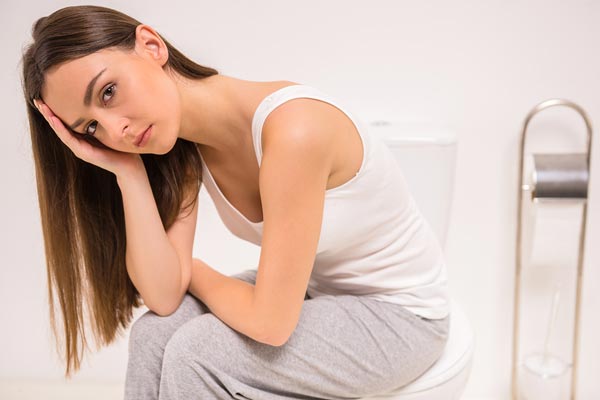
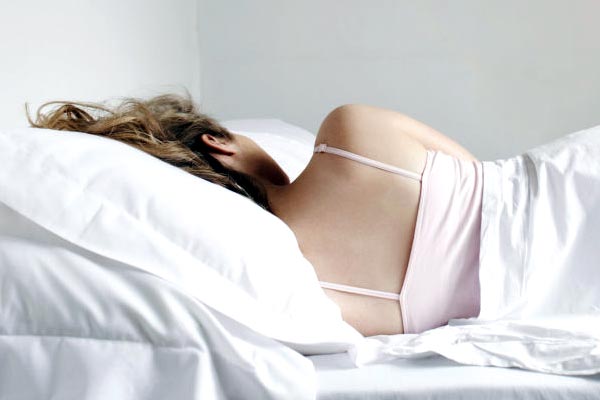
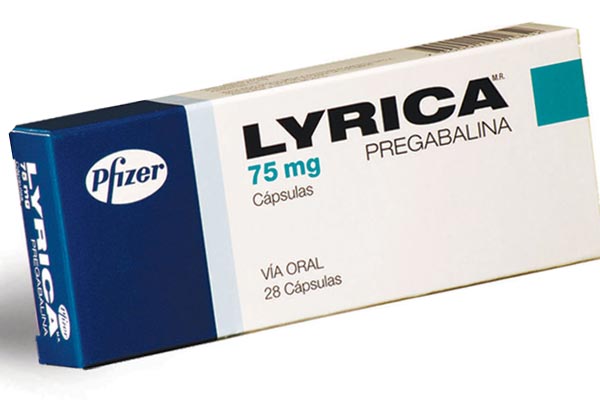
I leak 24/7. It’s very difficult to deal with. I also am going to the bathroom a whole lot more than usual. Doesn’t hurt to urinate but leaks and going to the bathroom so frequently is annoying Thank you 😊